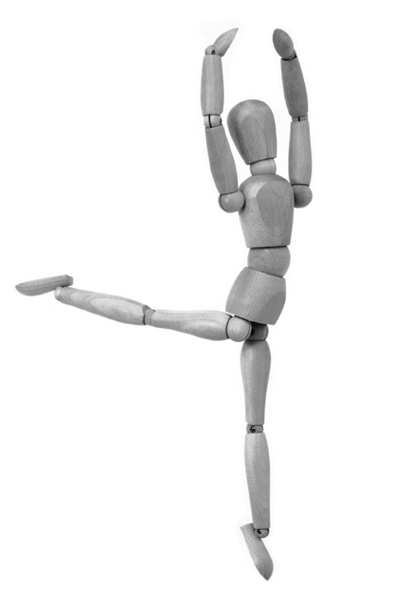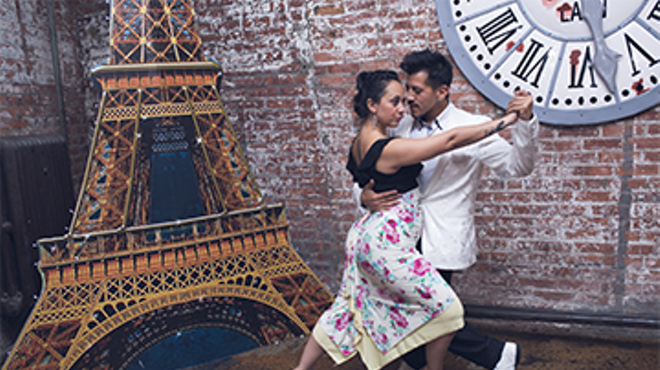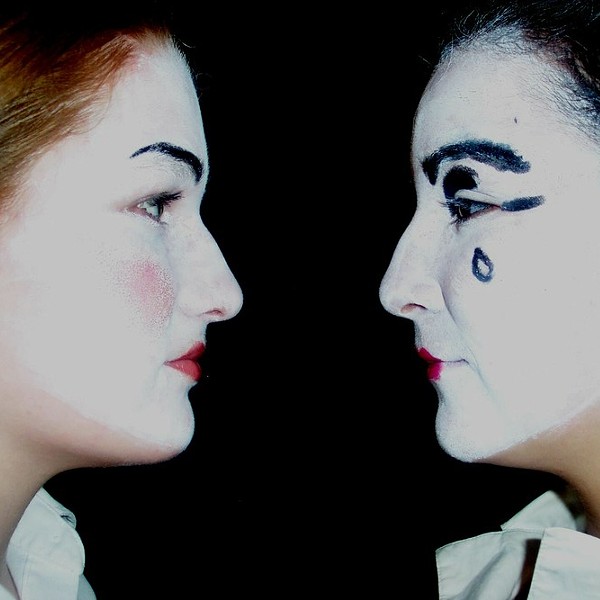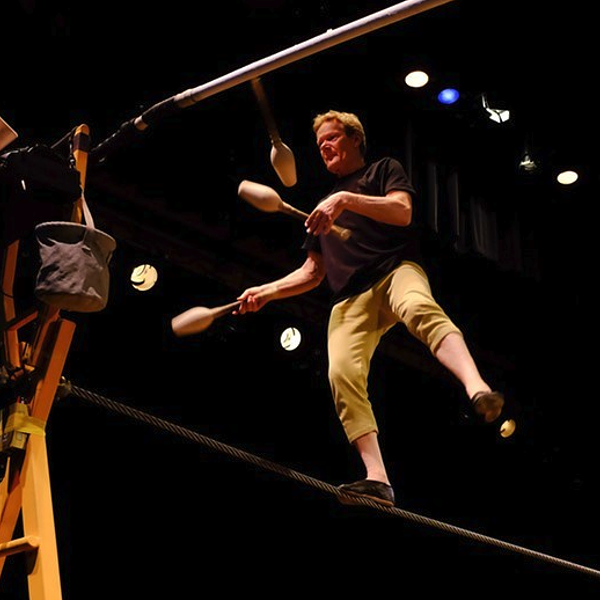All of us suffer from a general inclination to misuse our bodies—with knees hyperextended, stomachs forward, and necks bent, we stand like paragons of ergonomic misjudgment. Just giving your posture some attention can inspire you to improve it. Among the first to study the relationship between thought and stance was the Shakespearean actor Matthias Alexander (1869-1955). Because he often lost his voice during long performance runs, Alexander used mirrors to observe himself. Lo and behold, he determined that he was pulling his head slightly backwards and down when speaking. Observation and self-correction allowed Alexander to economize his movements and eliminate bad habits. He coined the term “psychophysical unity” to describe this connection and formulated a set of principles that we now call the Alexander Technique.
Alexander Technique uses self-perception as a means of paring away the excess tension we habitually inflict upon ourselves. The goal of the technique is to re-educate along the lines of what we already know: We’ve spent our lives unlearning the relaxed posture, natural poise, freedom of movement, and easy breathing that we had when we were babies. Judith Muir, who is a founding member of the North American Society for Teachers of the Alexander Technique and professor of theater at Bard College, points out that we sometimes create more tension by trying to relax than we would by simply being aware of our bodies. Regarding her own experiences with the technique, Muir says, “It has empowered me to change the way I move. Alexander Technique makes us look at our habits, or patterns of movement and thinking—most of us have lots of them and we are not conscious of them. When we become aware of those habits, we get an ‘Aha!’ moment, whether it’s slumping over the steering wheel or slouching at the computer, and we can choose to do something different.” Although the practice is most commonly recommended for actors, musicians, athletes, and convalescents, just about everyone can benefit from the kinds of adjustment Alexander encourages. Working with an Alexander coach is an excellent way to benefit from another pair of eyes (self-observation can be difficult when trying to view the curvature of your own spine); and guidance and coaching can guarantee a successful and beneficial session.
As we endure another season of, alternately, repose and holiday stresses, practicing Alexander Technique can show us how to really spend more time inside—and get a lot more out of it.

















